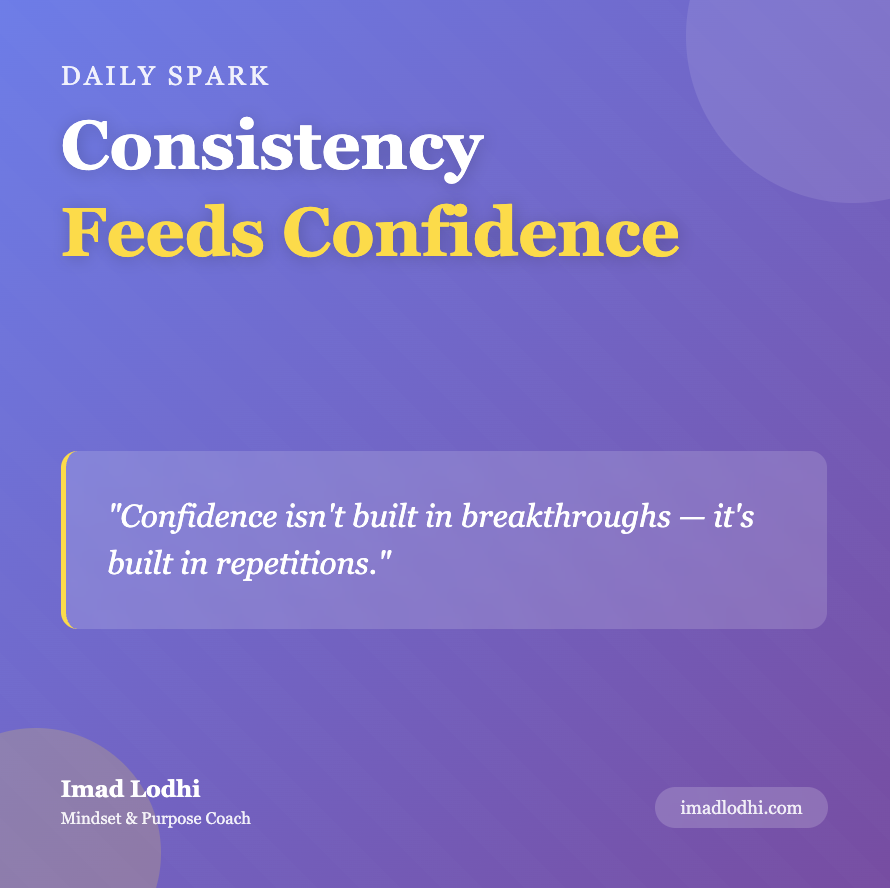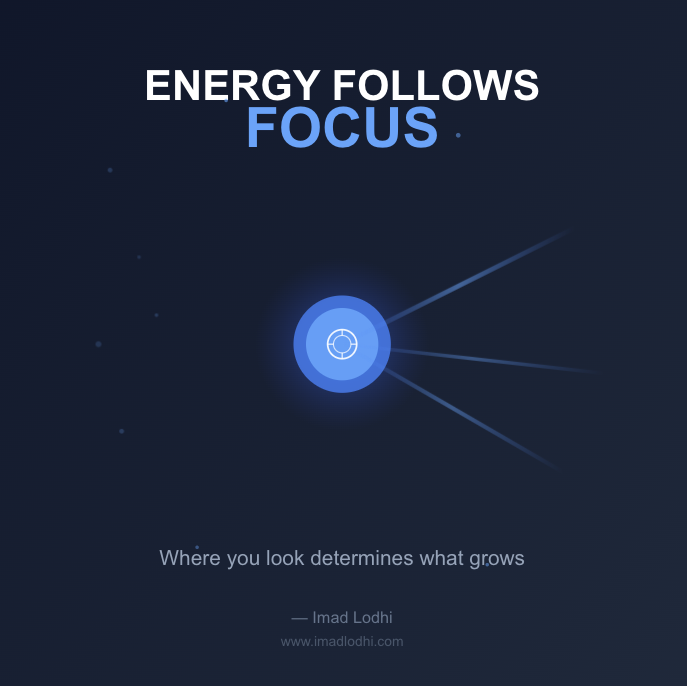Direction Beats Speed: Why Knowing Where You're Going Matters More Than How Fast You Get There
We live in a culture obsessed with velocity.
Hustle harder. Move faster. Ship quicker. Get results now.
Everywhere you look, the message is the same: speed is success. The fast win. The slow lose. And if you're not sprinting toward something, you're falling behind.
But here's the uncomfortable truth we rarely talk about: going fast is pointless if you're headed the wrong way.
The Illusion of Productive Motion
Think about the last time you felt genuinely busy. Meetings stacked back-to-back. Tasks checked off your list. Emails answered. Projects pushed forward.
You were moving. You were working. You were doing.
But at the end of the day, when you looked up from all that motion, could you honestly say you were closer to what actually mattered?
Or were you just... busy?
Movement without intention isn't progress. It's energetic wandering. And wandering — no matter how fast you do it — doesn't get you home.
Why We Choose Speed Over Direction
We default to speed because it feels productive. Action creates the illusion of achievement. Momentum creates the illusion of meaning.
Speed is also easier to measure. You can count tasks completed, emails sent, miles run. Direction? That requires something harder: clarity. And clarity demands that we pause, think, and choose.
We avoid that pause because it feels inefficient. Stopping to think looks like standing still. And standing still, in a world that glorifies hustle, feels like losing.
So we sprint. We optimize. We accelerate.
And we wonder why we're exhausted but unfulfilled. Busy but behind. Working harder but never arriving.
What Direction Actually Does
Direction isn't about slowing down. It's about precision.
When you know where you're going, every step — no matter how small — compounds. The effort stacks. The momentum builds. Even a walk in the right direction puts you ahead of a sprint in the wrong one.
Direction forces you to ask the questions speed lets you avoid:
- What am I building toward?
- Does this task serve my actual goals, or just my to-do list?
- Am I moving toward something meaningful, or away from discomfort?
These questions are uncomfortable. They reveal misalignment. They expose wasted effort. They demand hard choices.
But they also unlock something profound: intentional progress.
The Compound Effect of Clarity
Here's the math that matters:
Clarity multiplies effort. Confusion wastes it.
When you're clear on your direction, even modest effort produces results. A little focus. A small decision. A single aligned action. Each one builds on the last.
When you're confused, even maximum effort scatters. You work hard in five directions and arrive nowhere. You check every box and still miss the point.
Speed without direction is addition. You pile up activity.
Direction with consistency is multiplication. You build momentum that carries you forward even when you rest.
How to Choose Direction Before Speed
So how do you actually do this? How do you shift from frantic motion to intentional progress?
Start with the pause you're avoiding.
Before you accelerate, aim. Before you sprint, decide.
Ask yourself:
- If I could only achieve one thing this quarter, what would create the most meaningful impact?
- What am I doing out of habit versus what I'm doing on purpose?
- If I removed everything that feels urgent but isn't important, what would remain?
Write down your answers. Don't just think them. The act of writing creates commitment.
Then design your days around that direction. Not perfectly. Not rigidly. But intentionally.
When opportunities arise, measure them against your direction. When urgency screams for attention, ask if it serves your aim.
And when you feel the pull to just do something, remember: motion without meaning is just exhaustion with extra steps.
The Permission to Go Slow in the Right Direction
Here's what nobody tells you about direction: once you have it, you can afford to move deliberately.
You don't need to sprint. You don't need to force. You don't need to hustle yourself into burnout.
Because you're no longer wandering. You're walking a path. And every step on that path counts.
The entrepreneur who's clear on their mission can say no to distractions everyone else calls opportunities.
The leader who knows their values can make hard decisions quickly because the criteria are already set.
The person who understands their purpose can rest without guilt because they know the direction remains even when the motion pauses.
That's the gift of clarity. It doesn't just tell you where to go. It tells you what to ignore, what to protect, and when to stop.
The Truth About Speed
Speed isn't the enemy. Speed is powerful. Speed is valuable.
But only when applied with precision.
An arrow shot with incredible force in the wrong direction is just a very fast mistake.
An arrow aimed true, even if released gently, finds its mark.
So before you try to go faster, make sure you're going somewhere.
Before you optimize your sprint, make sure you're running toward something worth reaching.
Before you push harder, make sure you're pushing in the right direction.
Direction first. Speed later. Always.
Looking for more clarity on your path forward? Visit www.imadlodhi.com to explore mindset coaching and leadership development designed to help you find direction before you chase speed.



